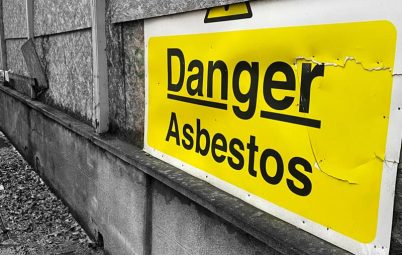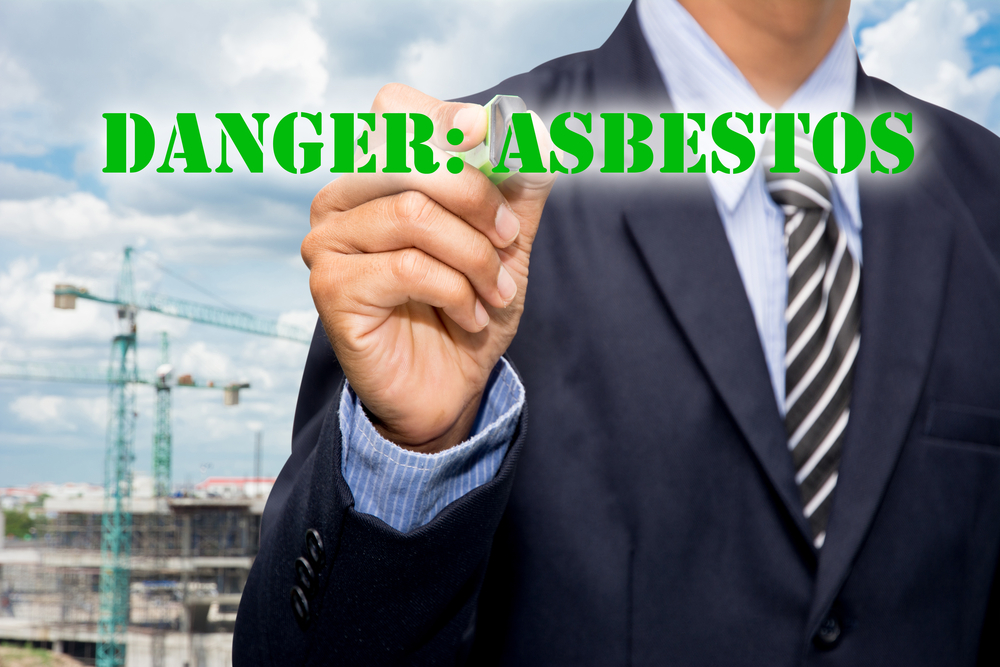Can a claim be made for asbestos lung cancer when the worker smoked?
Navigating the legal terrain surrounding workplace related asbestos exposure including mesothelioma is akin to unravelling a complex puzzle. In the realm of employment law, ensuring the safety and well-being of workers is foundational. Picture this: you’re diligently going about your job, and due to the nature of the work, you find yourself exposed to substances like asbestos. If, unfortunately, you fall ill, the legal journey becomes essential to determine if your employer bears responsibility.
Often in asbestos and mesothelioma compensation claims, the asbestos worker affected is elderly, usually late 60’s and 70’s if alive, or if sadly died, the claim will be made usually by the next of kin, that is wife, husband, partner or children of the deceased.

The background to the legal implications are set out below but in short a claim for asbestos related lung cancer can be made which includes a claim for compensation for mesothelioma. However what if the worker who has contracted an asbestos condition has also smoked all his life? This raised complex questions of law and fact that need to be established by the mesothelioma solicitor in the claim.
The deduction for ‘contributory negligence’ (that is the worker can also be found to blame for his lung cancer in part due to smoking) is taken from the case of Blackmore v The Department for Communities and Local Government. In that case the Deceased had been a very heavy smoker, smoking 20 cigarettes a day from aged 14 until cutting down to 12 a day at the end of his life. He died aged 76 and was therefore a heavy smoker for over 50 years. He had also received explicit advice to stop smoking on a number of occasions, in particular after he had suffered a spontaneous pneumothorax of the left lung. There was scientific evidence in the case that most of the risk of lung cancer came from cigarette smoking at 85% to 90%. The Defendants sought to argue that there should be a deduction at this level notwithstanding earlier cases where the deduction had been at a much lower level. This argument was rejected both by the Judge at First Instance and the Court of Appeal. Blackmore is the highest award of contributory negligence. The earlier cases, in particular Badger v The MOD (asbestos worker refused to give up smoking and his compensation was reduce by 20%) and Shortell v Bical Construction had been at lower levels, 20% and 15% respectively.
In a recent case an asbestos worker was smoking for most of his adult life with a habit of 10 to 15 cigarettes a day. This appears somewhat less than that in the Blackmore case. There is no evidence of specific warnings in the face of symptoms. Contributory negligence in this paritcular case was estimated to be 20% to 25%. The asbestos worker was in his 70s and suffered for a matter of weeks before succumbing to the asbestos lung cancer. The compensation for the pain and suffering before death was assessed in the region of about £85,000. But due to the fact that the asbestos worker had smoked between 10-15 cigarettes for most of his life, it is anticipated that the reduction in the compensation award would be reduced to £70,000 for the inury alone.
Further reading please see:
Mesothelioma Compensation Claim
General background on claiming compensation for asbestos exposure including mesothelioma.
Let’s embark on an exploration of this intricate legal landscape, focusing specifically on the challenges posed by asbestos exposure.
- Workplace Safety and Asbestos Exposure:
- At the core of workplace safety is the responsibility employers hold for the health of their employees.
- Laws dictate that employers must take proactive measures to shield their workforce from potential hazards, including exposure to harmful substances like asbestos.
- The Asbestos Conundrum:
- Asbestos, once widely used for its insulating properties, is now known to pose severe health risks, particularly in causing mesothelioma, a lethal form of lung cancer.
- The legal framework scrutinises cases where individuals have been exposed to asbestos during their employment, leading to subsequent health issues.
- Time-Dependent Legal Framework:
- Laws governing asbestos exposure vary depending on when the exposure occurred, reflecting the evolving understanding of its dangers.
- Different legal standards might apply to cases based on the era in which the exposure took place.
- Quantifying Asbestos Exposure:
- Courts assess whether the quantity of asbestos exposure at the workplace exceeded safe limits, creating a foreseeable risk to health.
- The evaluation goes beyond mere comparisons to accepted exposure levels and delves into what a reasonable employer should have known at the time.
- Causation Challenges:
- Establishing causation, proving that the illness resulted directly from asbestos exposure at work, becomes a pivotal challenge.
- In cases of occupational cancer, alternative causes, both within and outside the workplace, complicate the determination of causation.
- The Unique Nature of Mesothelioma:
- Mesothelioma, a cancer primarily associated with asbestos exposure, introduces a unique set of rules in the legal landscape.
- The Fairchild exception allows claimants to succeed if a defendant caused a material increase in the risk of contracting mesothelioma.
- Legislative Responses to Asbestos Challenges:
- Legislative responses, such as the Compensation Act 2006, address scenarios where pinpointing the exact cause of mesothelioma becomes challenging.
- The legal framework acknowledges the need for comprehensive compensation even when the precise cause is difficult to determine.
- Recouping Damages in Asbestos Cases:
- Ensuring victims of asbestos-related illnesses receive full compensation involves legal provisions for recoupment.
- The legal system aims for equitable solutions, allowing for the fair distribution of liabilities among responsible parties.
- Scientific Evidence and Its Limits:
- While scientific evidence plays a crucial role, the legal system acknowledges its limitations, particularly in complex cases.
- Judges must balance medical and epidemiological assessments, recognizing potential pitfalls in assuming authority where scientific certainty may be elusive.
- Adapting to Changing Realities:
- Workplace realities evolve, and legal frameworks must adapt to reflect current knowledge and understanding.
- Recent cases, like Rolls Royce Industrial Power (India) v Cox, underscore the evolving nature of legal interpretations amid changing circumstances.
- Human Element in Asbestos Cases:
- Beyond legal intricacies, there’s a human element in asbestos-related cases. Individuals who have suffered deserve a legal process that is accessible and empathetic.
- Whistleblower protections and avenues for employees to voice concerns play a crucial role in maintaining workplace safety.
- Learning from Asbestos-Related Cases:
- The legal landscape learns from past asbestos-related cases, addressing systemic failures through legislative changes.
- Cycles of inquiries, findings, recommendations, and subsequent reforms are pivotal in breaking detrimental patterns.
- Collaborative Approach in Asbestos Cases:
- Achieving justice in asbestos-related illness cases necessitates collaboration between legal, scientific, and medical domains.
- This collaborative approach ensures that legal frameworks are informed by the latest scientific knowledge, fostering a more nuanced and effective system.
- Ongoing Journey in Asbestos Cases:
- The legal framework concerning asbestos-related illnesses is an ongoing journey, adapting to societal changes, scientific advancements, and the evolving nature of work.
- Continuous improvements in legislation, coupled with a commitment to fairness and accessibility, pave the way for a legal system that safeguards the well-being of the workforce, particularly in the context of asbestos exposure.
In conclusion, the legal framework surrounding workplace-related illnesses, with a specific focus on asbestos exposure, involves a meticulous journey through statutes, causation challenges, and adaptations to evolving realities. As society progresses, the legal system strives to ensure justice for individuals affected by asbestos-related illnesses, emphasizing fairness, accountability, and a collaborative approach to navigate the complexities of the legal landscape.


